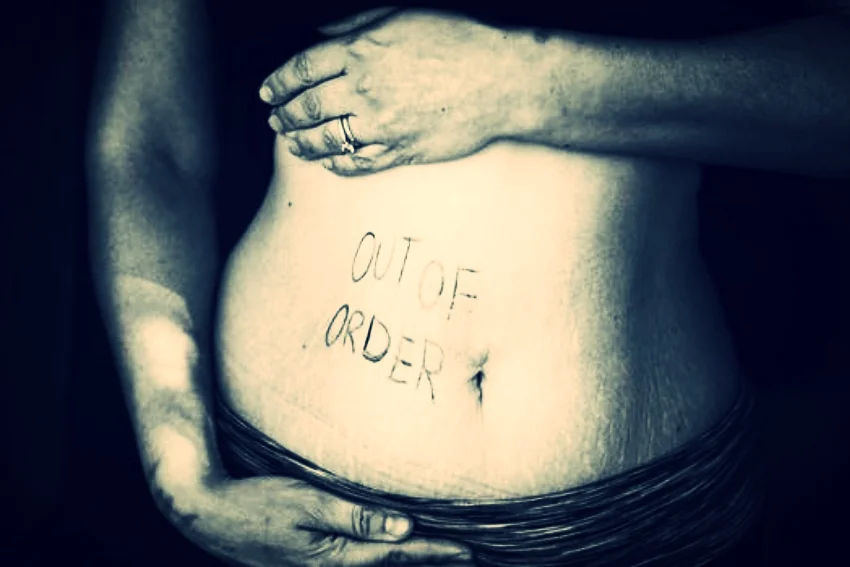CoolSculpting Vs. Liposuction: What’s The Difference?
Fat reduction procedures and treatments are popular, especially with people who have tried to get rid of stubborn bulges by overhauling their diets or hitting the treadmill on a regular basis. But everyone who has decided that they need a little help beyond lifestyle changes still has another decision to make regarding their next step: surgical or nonsurgical?
Typically, that means choosing between liposuction and CoolSculpting®. In Missouri, the team at West County Plastic Surgeons of Washington University in Jefferson County offers both fat-reduction solutions. As part of a group well-versed in each of these strategies, the physicians at the practice put together this brief guide to compare the two.
Results
Patients choose a procedure because they want results. Liposuction results are visible right away, since the fat cells are physically removed. There will be some initial swelling that can obscure the new contours, but once that resolves, the new lines will be apparent. CoolSculpting® uses cold to damage fat cells but doesn’t remove them right away. That happens over time as the body processes the defunct cells, so any reduction appears gradually, over the course of several months. A single CoolSculpting® session can result in the destruction of 15 to 30 percent of the fat cells in the targeted area.
Time
The average liposuction procedure can take anywhere from one to five hours, with specifics depending on the location of the procedure and amount of fat to be removed. The duration of a CoolSculpting® session is similarly dependent on where on the body the treatment is being applied, but a good estimate is roughly an hour or so. The exception is with DualSculpting®, which is the use of two CoolSculpting® devices running simultaneously to cut the treatment time in half.
Variations
While all lipo procedures involve loosening fat and suctioning it out, the mechanism used to free the fat cells for removal can vary. Tissue targeted for liposuction is typically first injected with a solution that makes it firmer and constricts blood vessels. At this point, the surgeon may insert a cannula and physically move it back and forth to loosen the fat cells. This process can also be accomplished via power-assisted liposuction, which automatically oscillates the handpiece. Another variation involves using ultrasonic or laser energy to rupture the fat cells, making them even easier to remove. The CoolSculpting® device can be fitted with a variety of handpieces, each designed to target a specific area of the body.
Side Effects and Recovery
Since liposuction involves inserting a cannula and suctioning out fat cells, there will be incisions that ultimately leave scars. An experienced plastic surgeon will locate the incision sites in areas where any scarring should go as unnoticed as possible. Side effects include surgery-related bruising and swelling, as well as possible sensations of itching or numbness where the fat was removed. Patients should expect to take anywhere from two days to two weeks to rest from their typical daily activities, and up to three weeks for avoiding strenuous activity. CoolSculpting® involves no incisions or sutures, so post-treatment recovery time is minimal. Some side effects are similar to those after lipo, including tingling and numbness, but aside from some redness and sensitivity in the area, there is nothing else to prevent a patient from continuing with the rest of the day’s schedule after a session.
Neither of these options should be considered for a weight loss strategy. Though counting calories and getting regular exercise are not ideal strategies for someone looking to specifically shrink a certain area of fat on the body, they are good for health and an ideal way to shed overall weight. Men and women looking to enjoy the results of fat reduction, whether CoolSculpting® or liposuction, should already be at or near the recommended healthy weight for their height.
To learn more about the fat-reduction options discussed here, contact St. Louis’ West County Plastic Surgeons of Washington University by calling 314.996.8800 or sending a message online.

